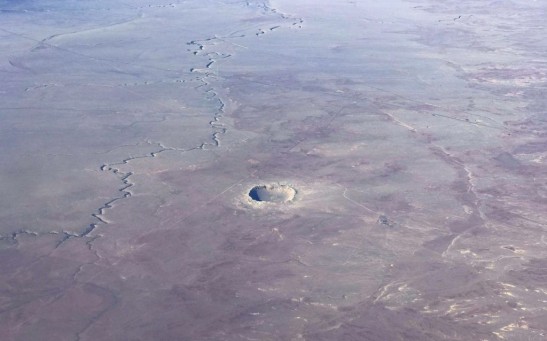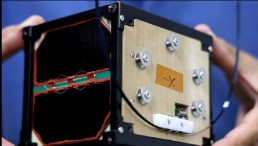space

Imbalanced Earth? Tug of Sun, Moon Drives Planet's Plate Motion
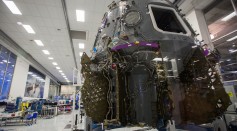
NASA, SpaceX All Set for the Undocking of Cargo Dragon from ISS to Return to Earth
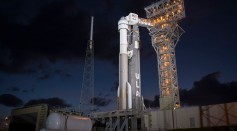
Atlas V Rocket Takes Off Carrying 2 Surveillance Satellites to Geosynchronous Orbit For Space Force Program

Zodiacal Light Spotted in 3 Potentially Habitable Exoplanets Classified as Super-Earths
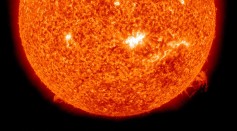
Powerful Solar Flare May Impact Radio Frequency, Aviators and Mariners; Geomagnetic Storm Possible
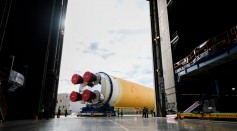
NASA’s Near-Earth Asteroid Scout to be Visited by Spacecraft; The 1st Deep Space Mission of Its Kind
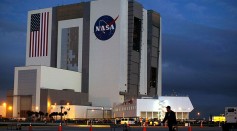
NASA Swift Observatory in Safe Mode After Getting Glitches
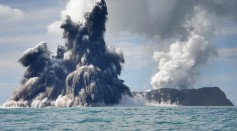
Tonga Volcano Eruption: Astronauts Captured Tragic Event From Space [Watch]

SpaceX Delays Dragon’s Departure From Space Station to Saturday Due to Weather
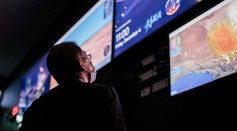
Scientists Propose Project Lyra to Catch Up With Mysterious ‘Oumuamua

Star Fuel Reservoirs That Surround Galaxies, Enable Formation of New Planets
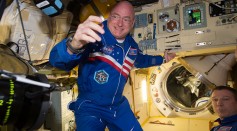
NASA Offers Challenge and Reward In Finding Solution For Waste, Trash Sustainable Reprocessing In Mars and Other Space Missions; How to Join
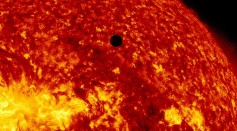
Astrophotographer Gambled His Eyesight to Capture Venus in Front of the Sun
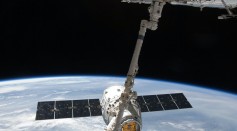
Russian Cosmonauts Completes First Spacewalk Of 2022 Ahead Of Future Spaceflights
Most Popular

Nikolay Karpenko Biography, Photo, Career, Accomplishments

Newly Discovered Mammal 'Heleocola piceanus' Was a Swamp Dweller Coexisting With Dinosaurs

How Technology Is Changing the Real Estate Industry?

Optimizing Complex Catalog Systems with Graph Theory and Indexing

